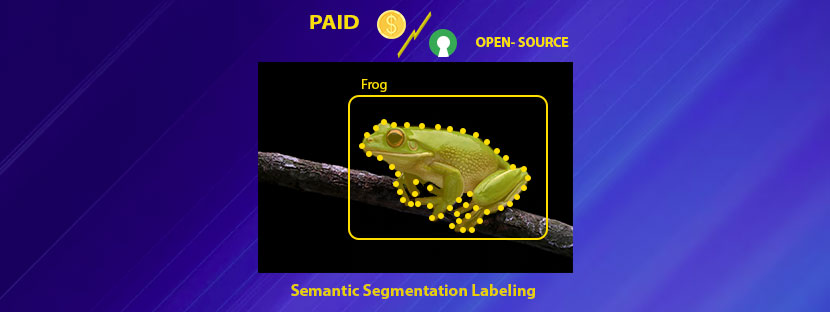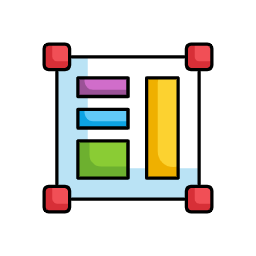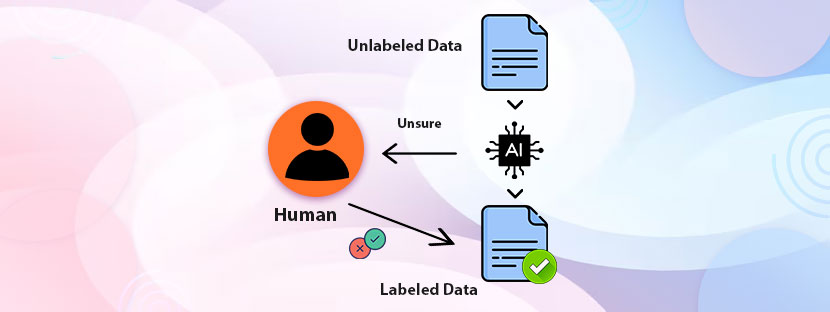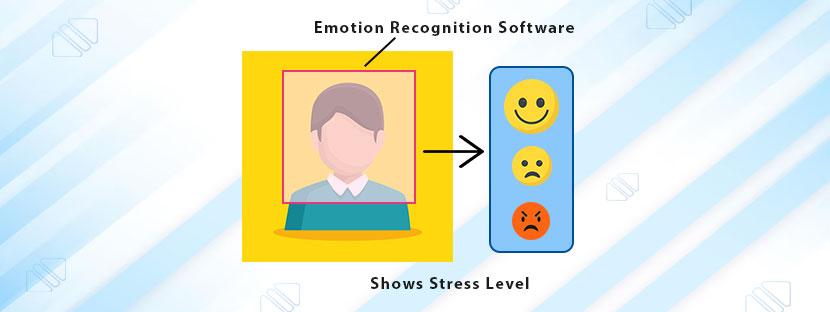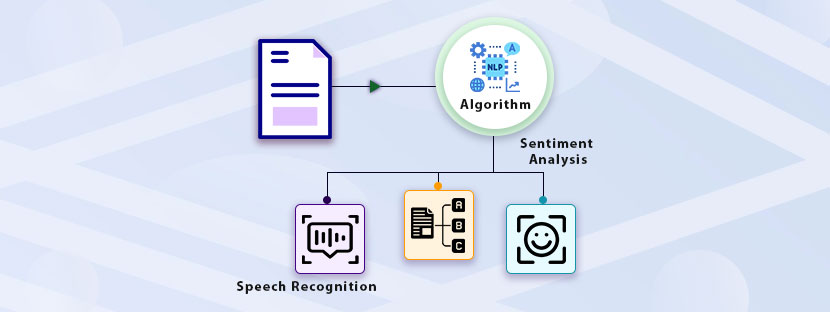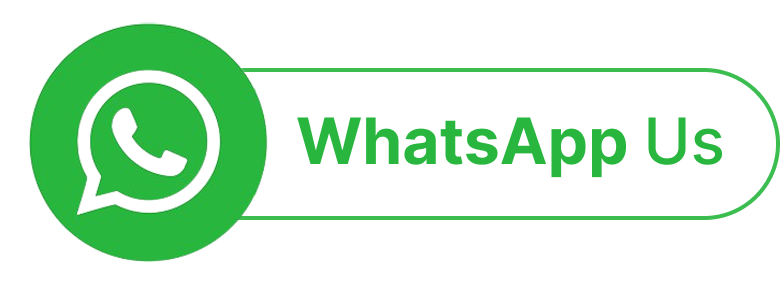Don’t fall into the trap of marketing gimmicks that few companies do to sell their software. No doubt! Some paid semantic segmentation labeling tools are performing the ultimate but they are not the only ones. Many tools performing similar tasks, rather better, are available via open-source models. So, it’s your time to take a rational dig into the matter!
Semantic segmentation is the first and fundamental task for developing computer vision. Using semantic segmentation tool and software, your primary goal is to classify each pixel from an image and then annotate them into separate categories. That’s all the basics of this process.
With time, software-developing companies have included many useful features to ease the image labeling process. Particularly, advances in deep learning and neural networks inserted into the process for better outcomes.
Due to the availability of different semantic segmentation labeling tools, the process has become more accessible now. Here the question comes ‘what to choose – open-source software or stick to a paid comprehensive plan?”. If image annotation is your priority then you must perform a detailed comparison between these two options.
Let’s draw a comparison between paid image labeling tools and open-source tools in this comprehensive blog. But to begin with, you need to frame your requirements and expectations from these two versions of software tools.
Features to Priortise in Semantic Segmentation Labeling Tools
To compare between free and paid tools, you need to have proper knowledge about the features of these tools. Here are the critical factors that will help you make your decisions.
#1. Quality of Work
The first and foremost reason to use a tool for semantic segmentation is to get high-quality annotation. Manual segmentation cannot ensure proper quality and that’s why companies switched to software. So, the accuracy and quality of the annotation work is a priority here to check.
To check the quality of the work, you need to consider clients’ testimonials. Plus, the tool must have advanced AI mechanisms including algorithms and quality control mechanisms. With the integration of these latest features, the tool can deliver quality annotation and image labeling work.
#2. Scalability & Limits
Without compromising the quality of labeling work, the tool must handle increasing work volumes. With time, the image annotation work will increase and you’ll feel that need later. Therefore, you must test the scalability and the limits of the tools you select beforehand.
#3. Capacity & Support
Supporting cloud-based storage or distributed computing is very important. It will ensure your tool’s capacity to scale up the tasks. Hence, you must check these aspects. Plus, the tool must support overlapping segments, multiple classes, hierarchical structures, etc.
#4. Data Security
The nature of image segmentation is sensitive and thus you need strong data protection for this. You must choose a semantic segmentation labeling tool that provides maximum data security. Further, you need to check access control and comply with data protection regulations.
To maintain data transparency, you can check for tools that come with data audit features. In this way, you can maintain accountability as well as transparency constantly in your annotation work.
#5. User Friendliness
The efficiency of the image labeling tasks is directly linked to the user-friendliness of the annotation tool. The work would be done much faster if the tool if easy. Thus, you must check for the attractive and intuitive design of the interface, navigation buttons, options, and other matters that help you ease the navigation work.
#6. Flexibility & Custom Settings
Requirements for image segmentation may change when moving to another project. So, the tool you select must have the flexibility to adapt to your customization needs. Hence, you must choose a tool where you can set annotation rules, formats, structures, etc for different projects.
# 7. Team Collaboration
Image segmentation projects are generally handled via a professional team. Hence, the tool you choose must have the capacity to enable collaboration in your team. So that your team can share annotations, manage group-specific projects simultaneously, and perform their best as a team.
# 8. ML Tool Integration
Ultimately, after annotation, all your image annotation work is going to integrate with any AI/ML training model. Therefore, the semantic segmentation labeling tool that you’ll use must provide your AI-assisted annotation framework so the work can be integrated easily.
Now, it’s clear what features you must check in any annotation tool for semantic segmentation work. You have reached a stage where you can draw a comparison between free and open-source annotation tools easily. Let’s start the discussion with open-source image labeling tools first.
Top 5 open-source Semantic Segmentation labeling tools
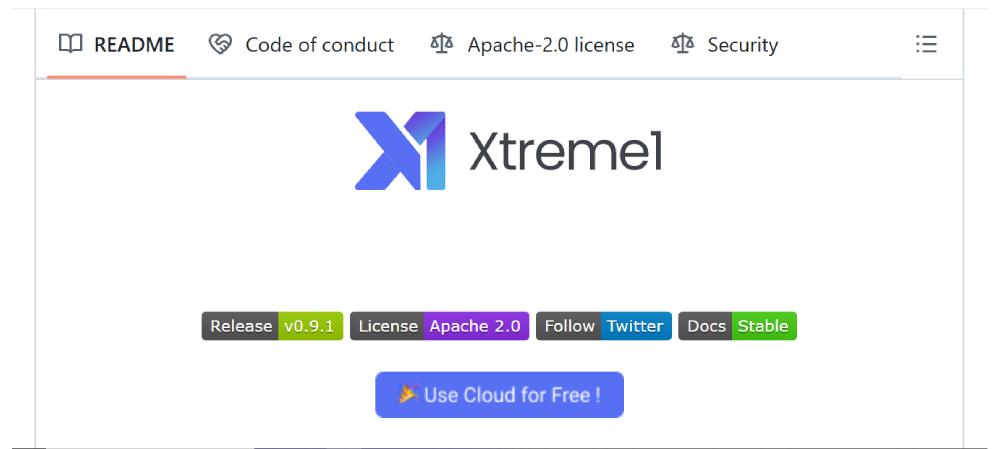
From data curation and ontology management to data annotation, find all-in-one solutions in this open-source annotation tool. This platform has AI/ML tool integration and can take your annotation work to the next level.
Best Features of Xtreame1
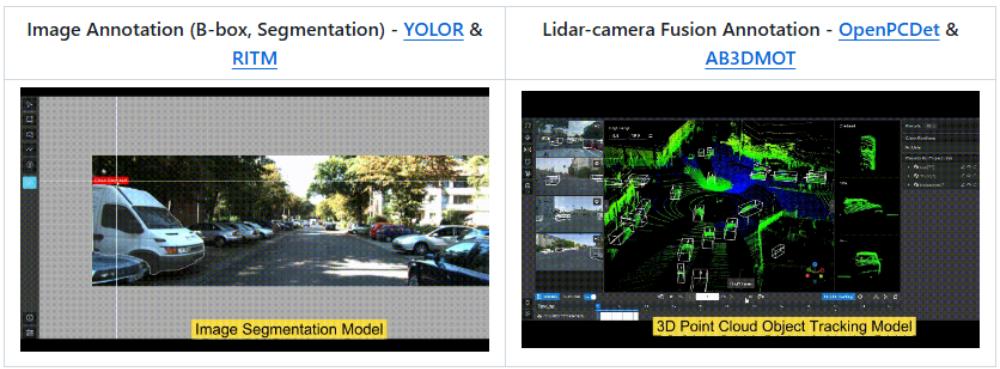
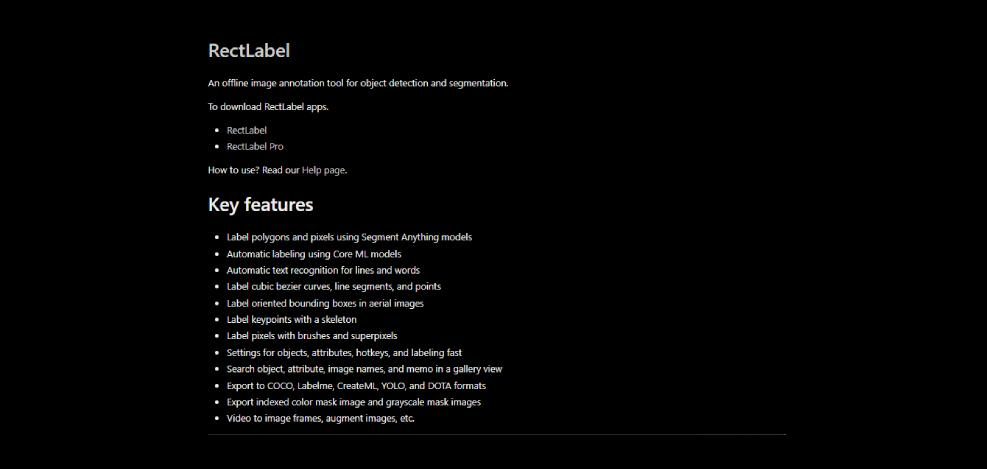
RectLabel is the most flexible annotation tool that you ever have explored. This platform also supports different types of annotation works. Interestingly, you can annotate bound boxes, cubic-bezier, lines, polygons, and points here.
Best Features of RectLabel

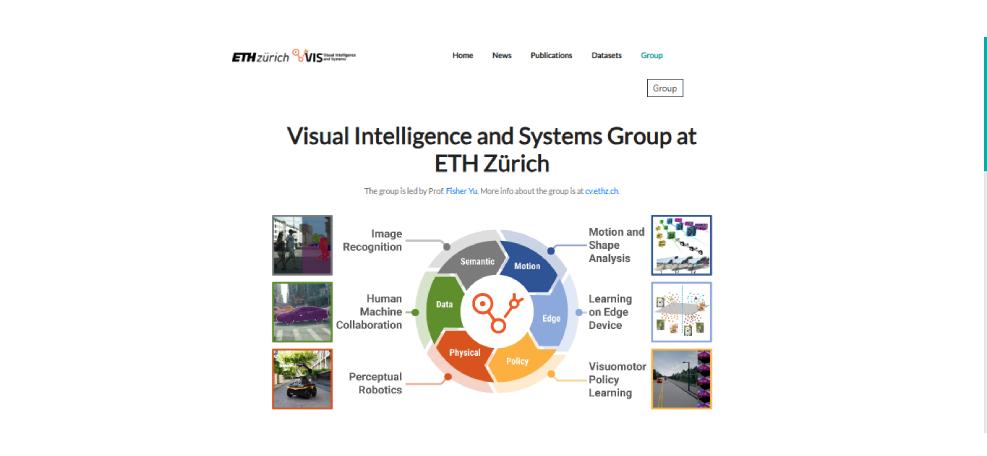
Similar to Xtreame1, Scalabel.ai is also an innovative open-source image annotation platform. The best part of this platform is you can handle different types of annotation projects here. Plus, it offers seamless collaboration with real-time synchronization options.
Best features of Scalabel.ai
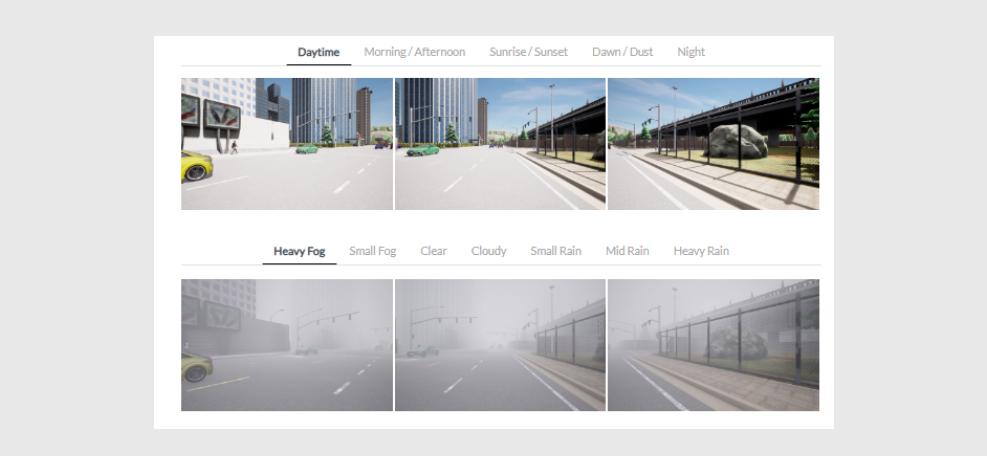
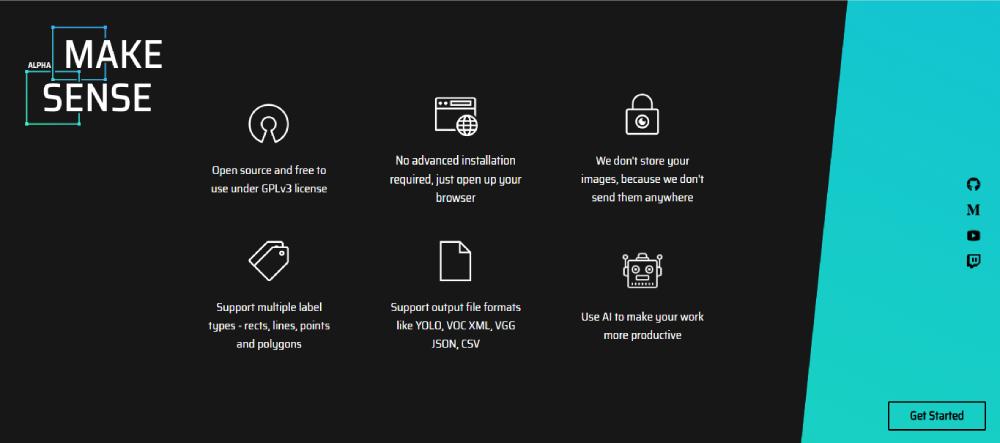
MakeSense.AI is a free semantic segmentation tool that is available via an open-source model. It has a COCO SSD object detection model along with POSE-NET pose estimation for handling critical image annotation projects.
Best features of MakeSense.AI
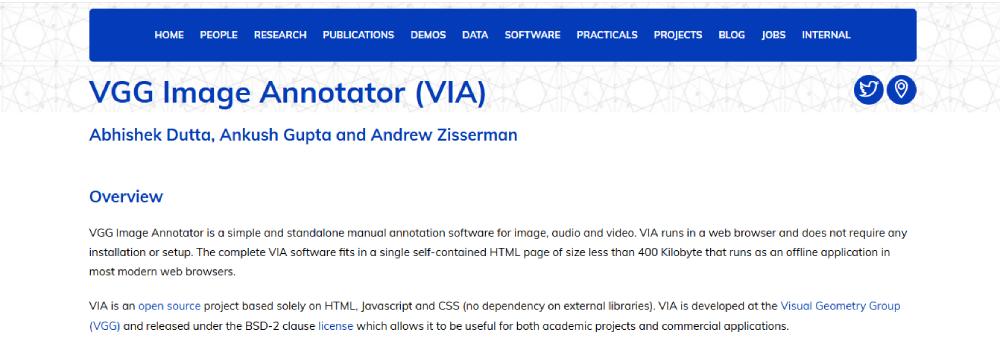
VIA is an open-source easy and standalone manual annotation platform for labeling images, videos, and audio. It can run via your web browser and is based solely on HTML, Javascript, and CSS. This application has multiple annotating tools to perform the task.
Best features of MakeSense.AI
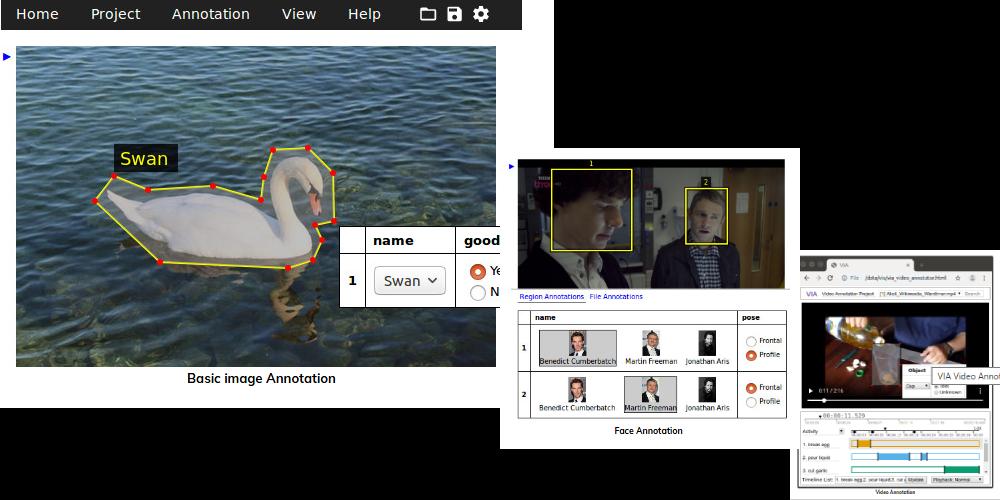
After checking out the top 5 open source semantic image labeling tools, now let’s directly move on to the paid tools.
Top 5 Paid semantic segmentation labeling tool
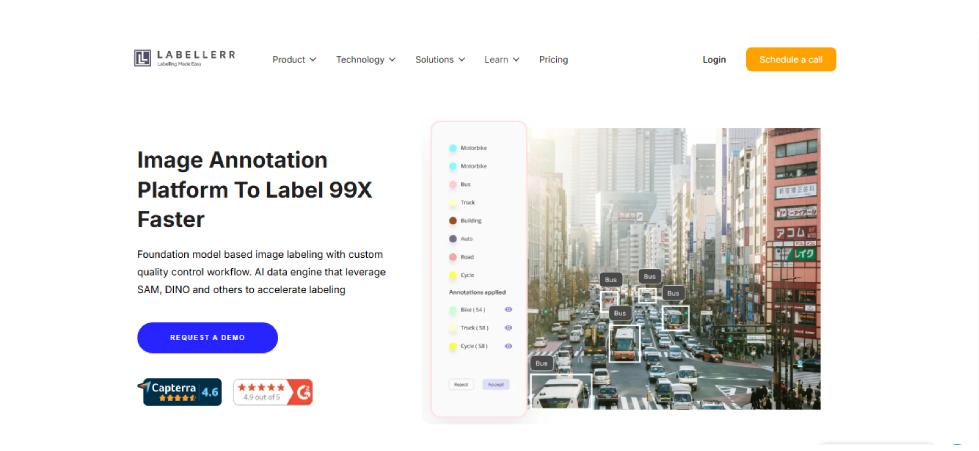
Labellerr is an AI-powered comprehensive image segmentation tool. The platform enables users to develop automation in the labeling process. It supports different formats to offer flexibility to image annotation work. Additionally, it comes with a strong data protection mechanism to safeguard your image data.
Best features of MakeSense.AI
Pricing : $499 per month
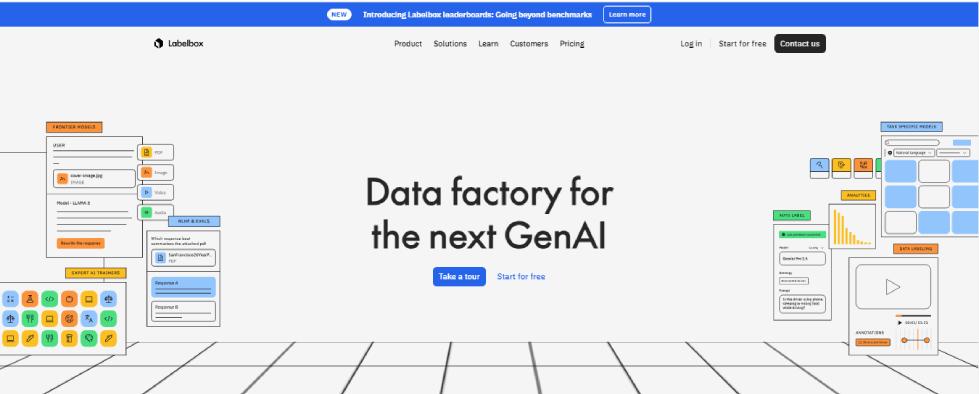
Labelbox is famous for its enterprise-grade features that can handle complex annotation tasks. With complex management capabilities, this platform is the first choice for many annotation companies. Plus, it can handle large-scale projects accurately.
Best features of Labelbox
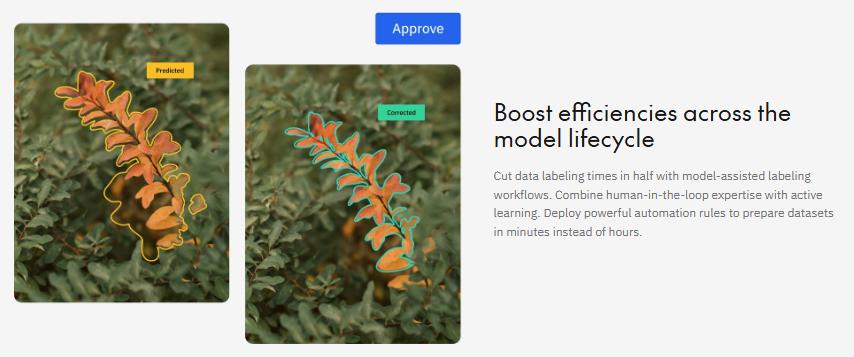
Pricing : $ 0.10 per LBU (first 500 LBU free per month)
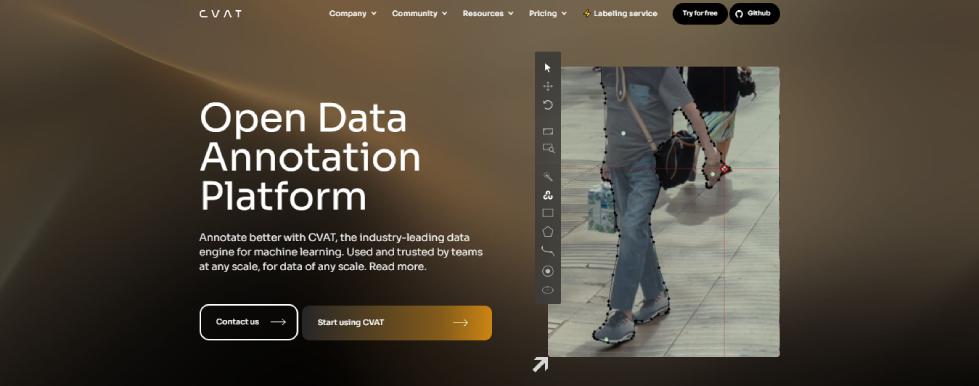
CVAT is suitable for those annotation companies that demand extensive customization options. This platform is capable of providing a wide range of annotation tools to support different semantic image segmentation needs.
Best features of CVAT
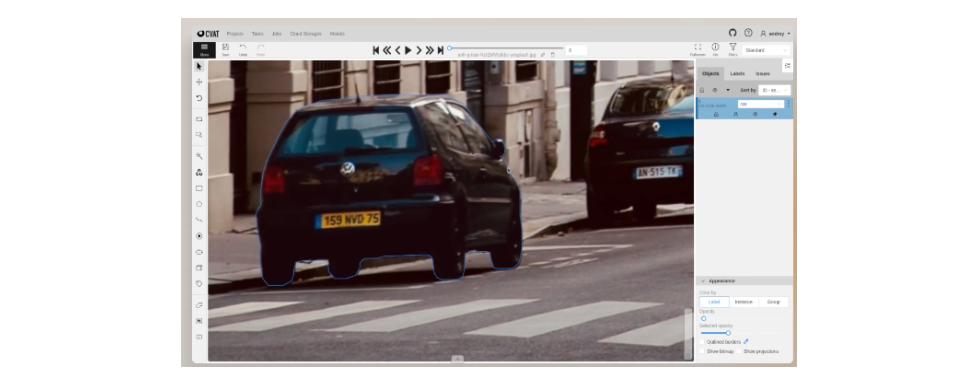
Pricing : $33 per month for team
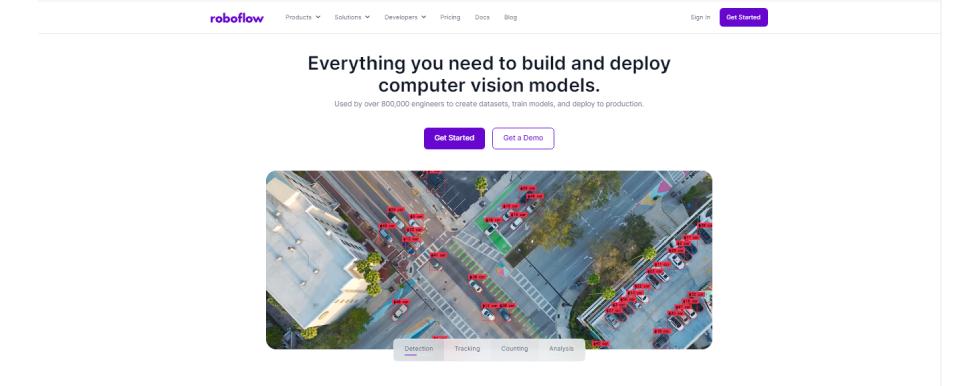
Roboflow is a full-fledged semantic segmentation tool that has amazing but simple annotation features. The platform has the simplest interface for users and enables quick annotation.
Best features of Roboflow
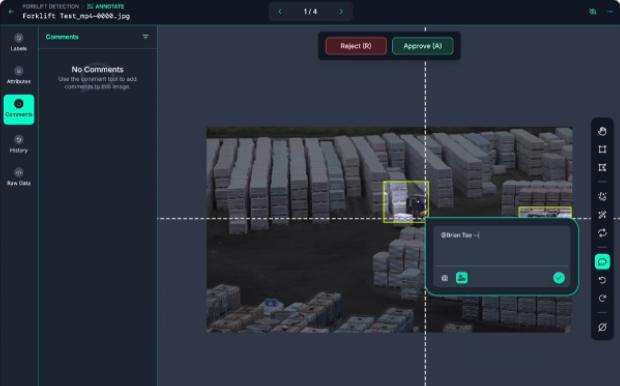
Pricing : $249 per month
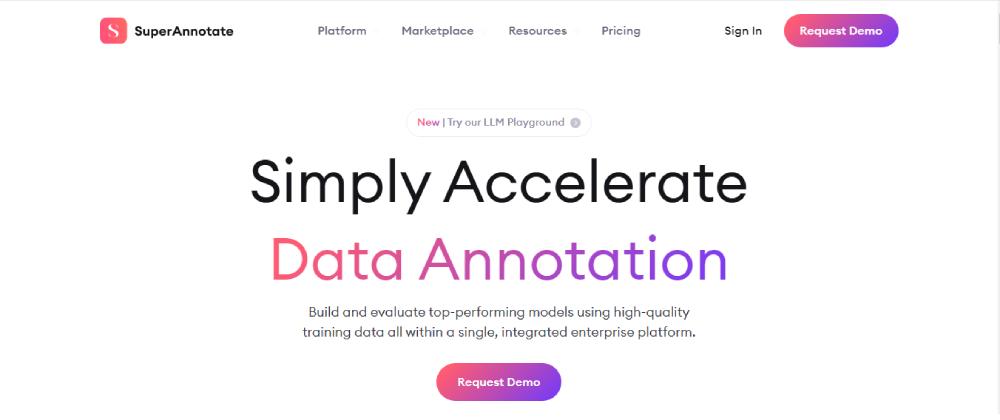
SuperAnnotate is simply an AI-assisted annotation tool that can process your annotation tasks quickly. This platform supports collaboration and provides complete data protection.
Best features of SuperAnnotate
Pricing : paid on-request
Paid tools are more or less providing the same options as open-sourced tools. But, we are not going to pass the judgment now. Let’s now make a comprehensive visual to understand the picture clearly.
Comparison Between Paid Vs Open-Source Semantic Segmentation Labeling Tool
| Features | Paid | Open-Source |
|---|---|---|
| Quality of Work | Best | Better |
| Scalability | Possible | Possible |
| Limits | None | Exists |
| Data Security | Best | Better |
| Capacity | Best | Good |
| User Friendliness | Best | Good |
| Flexibility | Best | Better |
| Custom Settings | Possible | Not Possible |
| Team Collaboration | Best | Better |
| ML Tool Integration | Best | Good |
| Customer Support | Best | Not Available |
| Resource & Guidance | Best | Not Available |
| Automation Enabled | Best | Not Available |
Final Judgment
Leaving aside one or two aspects, there is nothing high or low that exists better paid and open-source semantic segmentation labeling tools. In both cases, some or less, you can have premium features that are available in paid applications in free versions. But, let’s agree that open-source tools are good but promoted or paid tools are better in many senses.
Paid tools are more or less providing the same options as open-sourced tools. But, we are not going to pass the judgment now. Let’s now make a comprehensive visual to understand the picture clearly.

